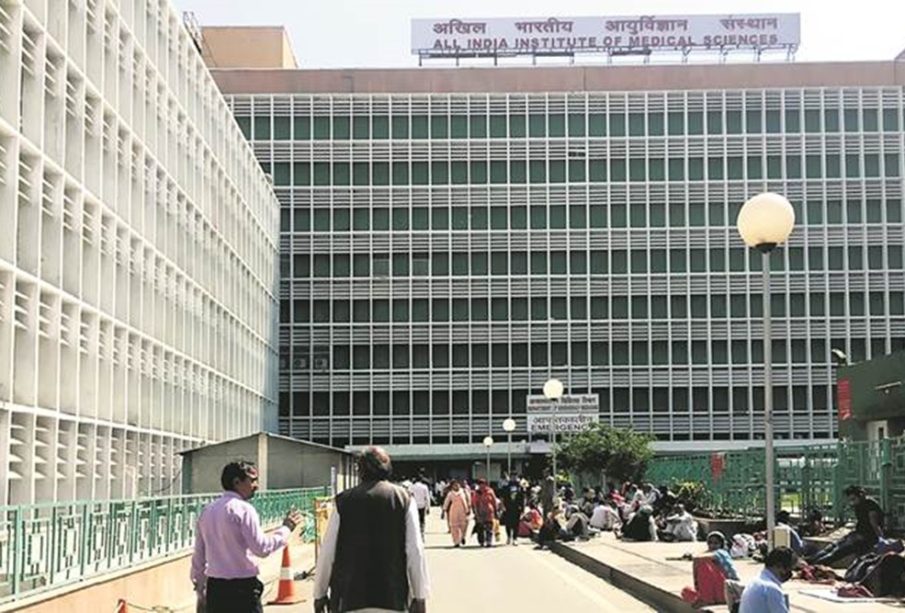AIIMS: A Pillar of Excellence in Indian Healthcare

Introduction to AIIMS
The All India Institute of Medical Sciences (AIIMS), founded in 1956, has emerged as a cornerstone of healthcare and medical education in India. As a premier institution, it provides a blend of advanced medical care and education, catering to both urban and rural populations. With its role becoming increasingly vital amidst ongoing healthcare challenges, understanding AIIMS’s contributions is important for recognizing its impact on the nation’s health landscape.
Key Developments and Achievements
AIIMS has successfully trained thousands of healthcare professionals, including doctors, nurses, and allied health staff. With its established reputation, it draws students from across the country who aspire to study medicine. Recently, the institute has focused on expanding its reach and facilities, leading to the establishment of multiple new AIIMS campuses across various states. This move aims to decentralize quality healthcare and make it accessible in remote areas, highlighting the government’s commitment to improving health infrastructure.
In response to the COVID-19 pandemic, AIIMS played a pivotal role in handling the crisis by conducting research, providing essential care, and sharing guidelines on treatment protocols. The institution’s experts were often at the forefront, working closely with the Ministry of Health and Family Welfare to formulate strategies that were later adopted nationwide.
Challenges and Future Prospects
Despite its achievements, AIIMS faces challenges such as capacity constraints, with patient footfall in various branches exceeding their operational limits. Bridging the gap between demand and supply remains a priority, and various initiatives, including telemedicine and outreach programs, are being adopted to tackle these challenges effectively.
Looking ahead, AIIMS is expected to spearhead cutting-edge research in the medical field, particularly in areas of public health, rare diseases, and chronic conditions exacerbated by lifestyle changes. Furthermore, collaborations with global health organizations and universities are anticipated, potentially leading to innovations that could revolutionize healthcare delivery.
Conclusion
AIIMS stands as a beacon of hope and excellence in India’s healthcare system, serving as a model for other institutions across the country. Through its commitment to medical education, research, and patient care, it continues to address pressing healthcare needs while simultaneously adapting to an ever-changing landscape. For readers, understanding AIIMS’s efforts and challenges enables a better appreciation of the complexities of India’s healthcare system and the ongoing reforms aimed at improving public health for all citizens.








